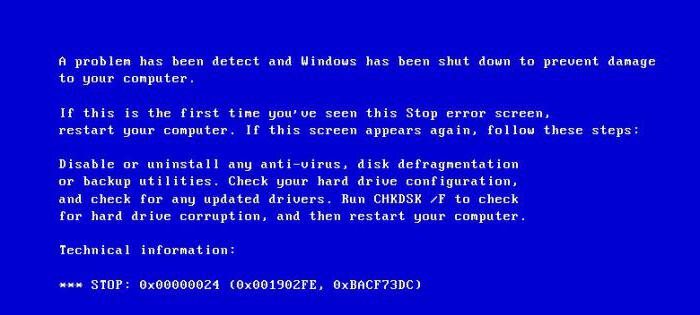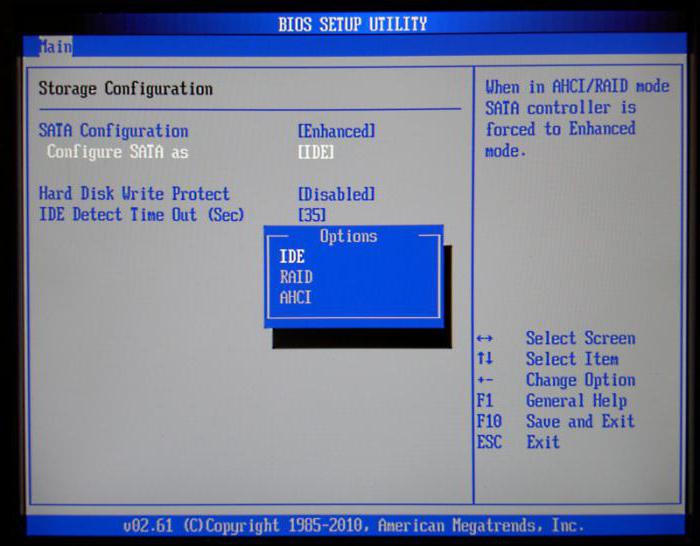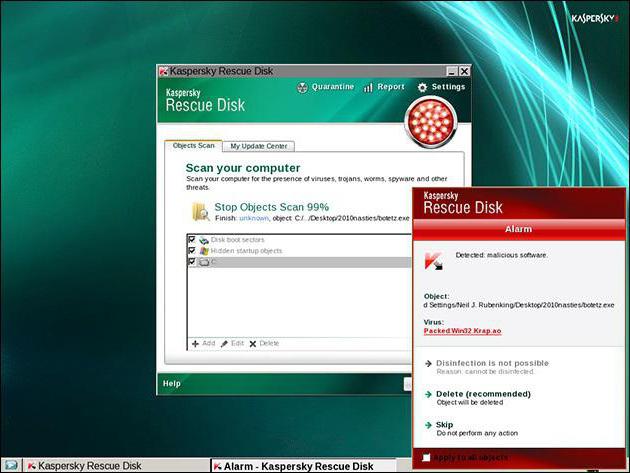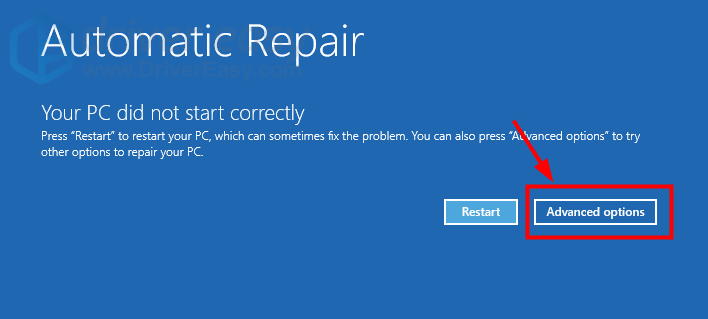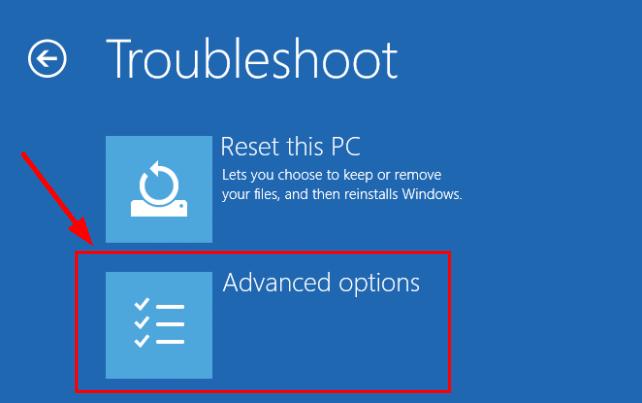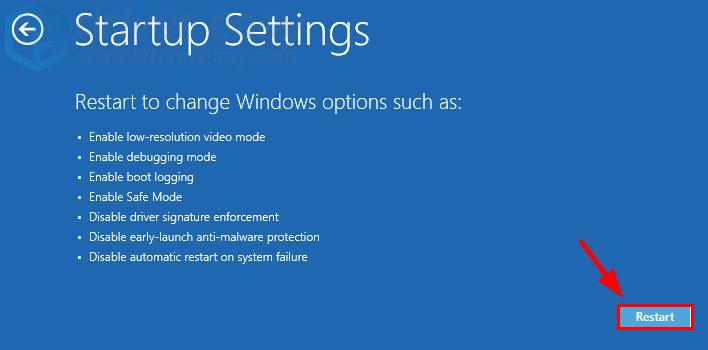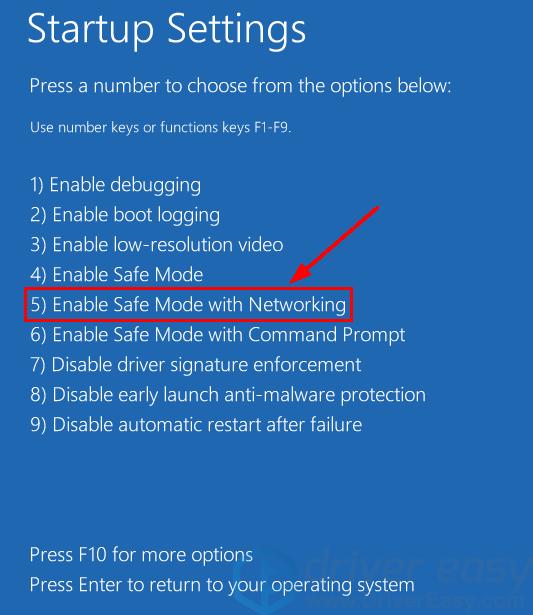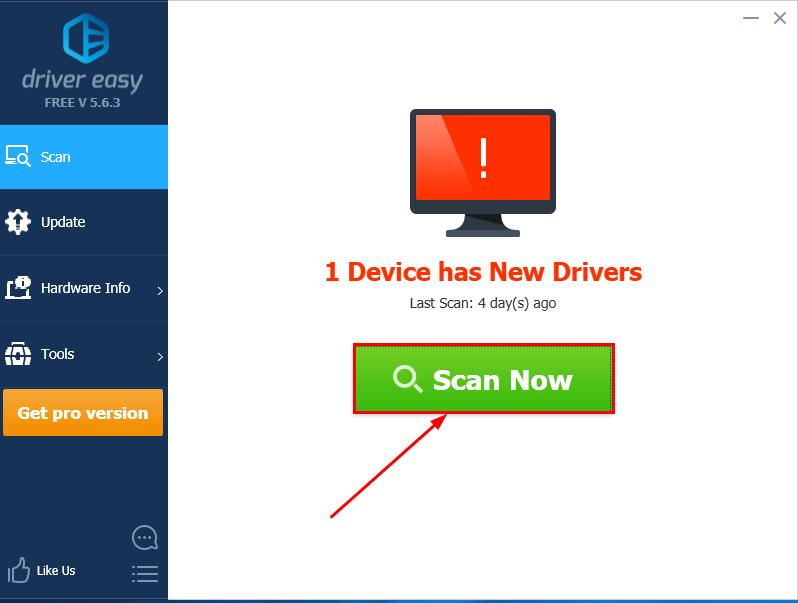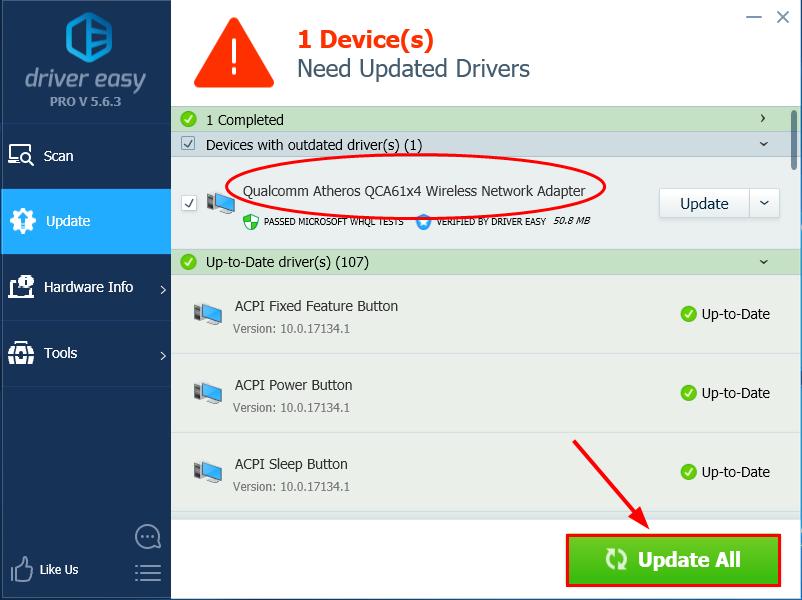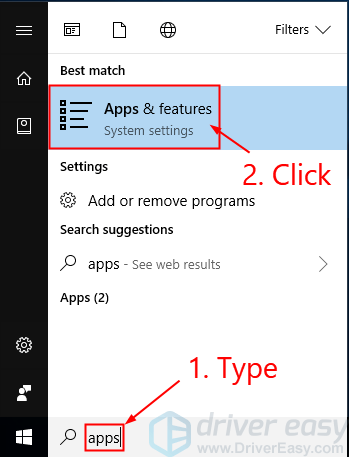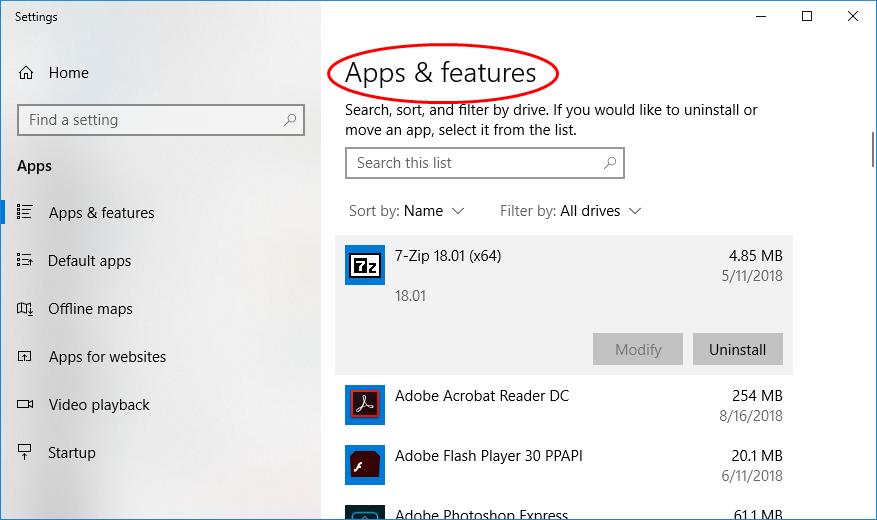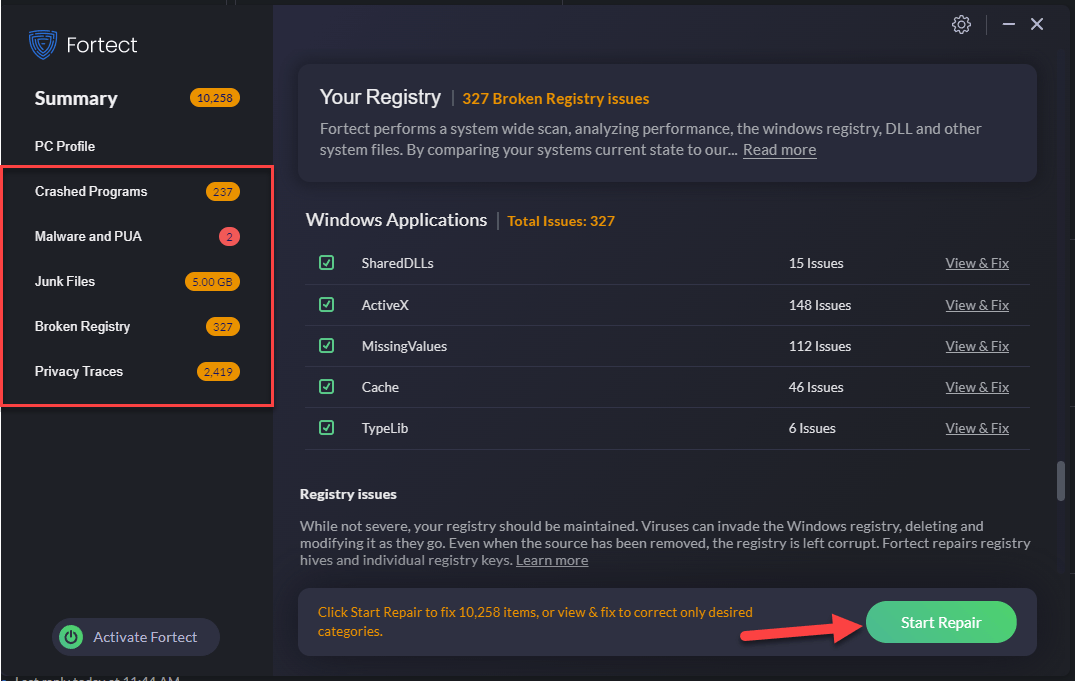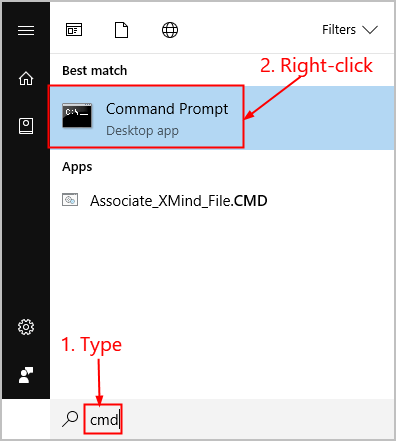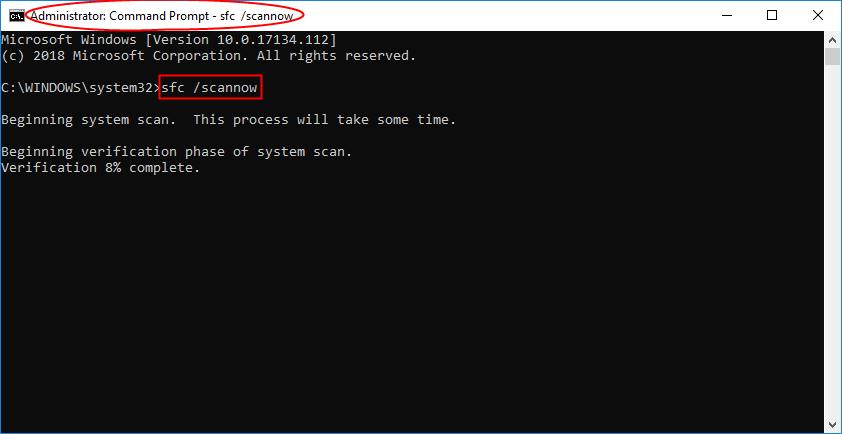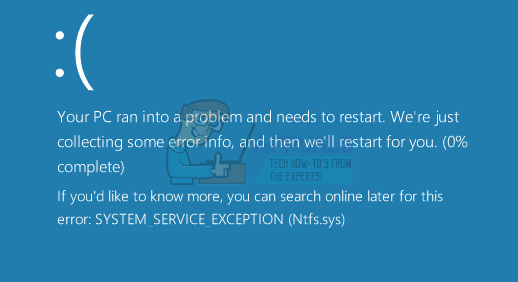Практически во всех Windows-системах, в которых в качестве основной структуры организации файлов используется NTFS, достаточно часто можно встретить сбой в файле ntfs.sys. Синий экран (Windows XP или версий рангом выше, неважно) отображает полный стоп-код 0x00000024 NTFS_FILE_SYSTEM, который часто свидетельствует о нарушениях в работе жесткого диска и влечет за собой повреждение самой файловой системы. Но это только общий случай, поскольку причин появления одного и того же стоп-кода может быть гораздо больше. Устранить возникшую проблему легко. Как это сделать? Читайте в статье.
Ошибка в файле: в чем причина?
Системный компонент ntfs.sys представляет собой самый обычный файл драйвера, отвечающий за возможность считывания данных из разделов NTFS, а также за запись информации в такие сектора. Иными словами, драйвер осущствляет связь между файловой организацией жесткого диска, операционной системой и самим винчестером.
Но почему же тогда появляется сбой в файле ntfs.sys? Синий экран (в Windows 7, например) содержит специальный стоп-код, а также выдает рекомендацию по проверке жесткого диска. Сюда же в качестве сопутствующих причин появления такой ошибки можно добавить еще и такие:
- случайные сбои системы;
- некорректно установленный режим работы винчестера SATA;
- повреждение диска или присутствие критических ошибок;
- несоответствие, неправильная установка или устаревание драйверов;
- ошибки в системном реестре.
Откат системы
Итак, если пользователь получает сообщение об ошибке компонента ntfs.sys (синий экран), первым делом можно попытаться устранить проблему обычным восстановлением системы.
Если произвести такую операцию в автоматическом режиме не получается, используйте клавишу F8 при старте и выберите загрузку последней удачной конфигурации.
Когда происходит сбой ntfs.sys (синий экран), Windows 10 такой методикой восстановить нельзя. Придется довольно долго переходить от одного меню к другому. Но во всех системах для чистоты решения, если восстановление не работает, лучше применять загрузку со съемного носителя, с последующим вызовом командной консоли. Кстати, именно командная строка в большинстве случаев предлагает максимально эффективные инструменты для устранения проблем в неработающих системах.
Проверка диска и восстановление раздела NTFS
Если внимательно посмотреть на сообщение, присутствующее на экране, можно заметить, что там есть рекомендация по проведению немедленной проверки жесткого диска.
Таким образом, если происходит ошибка файла ntfs.sys (синий экран препятствует нормальной загрузке), после старта с диска или флешки в разделе диагностики вызовите командную строку (Shift + F10) и первым делом пропишите строку проверки винчестера chkdsk c: /f (если появится сообщение о невозможности выполнения команды, согласитесь, и проверка будет произведена при повторной загрузке).
По окончании процесса выйдите из консоли (команда exit), произведите рестарт системы. В случае повторного возникновения сбоя в компоненте ntfs.sys (синий экран появится снова), произведите загрузку с носителя, но в командной строке пропишите строку восстановления файловой системы chkdsk c: /p, после чего снова попробуйте выйти из консоли и произвести перезагрузку.
Смена режима SATA
Однако из-за некорректно установленного режима работы винчестера SATA выше приведенные методы могут не дать желаемого результата.
В этом случае при включении компьютера или ноутбука используйте вход в настройки BIOS, где среди параметров жесткого диска нужно найти режим SATA и переключить его с AHCI на IDE. Проверку жесткого диска на стадии загрузки со съемного носителя рекомендуется производить именно в режиме IDE.
Сбой Windows: обновление и откат драйверов
Не последнюю роль в появлении таких сбоев играют и драйверы. Если обычный старт системы оказывается невозможным, можно попытаться загрузить ее в режиме Safe Mode (безопасный старт). Возможно, придется удалить или переустановить некоторые инсталлированные драйверы. Если сбой возник после неправильного обновления, лучше воспользоваться средством отката в «Диспетчере устройств».
Оптимальным вариантом, при наличии постоянного подключения к Интернету, когда используется загрузка с поддержкой сетевых драйверов, станет применение автоматизированных программ-апдейтеров (например, Driver Booster). Они способны самостоятельно находить обновления всех имеющихся в системе драйверов, устанавливать их с официальных ресурсов без вмешательства пользователя в процесс загрузки и интеграции.
Проблемы реестра
Если загрузку системы можно хоть как-то осуществить, следует хорошенько почистить реестр. Вручную этим заниматься рекомендуется только специалистам, а рядовым пользователям можно посоветовать использовать простенькие портативные утилиты для автоматического входа.
Специалисты корпорации Microsoft рекомендуют применять собственную разработку под названием Scanreg, которая представлена в виде портативной программы с одним исполняемым EXE-файлом.
Вирусы
Если система подверглась воздействию вирусов, не загружается даже после применения вышеописанных решений, придется проверить ее. Но как это сделать, ведь старт оказывается невозможным?
Тут на помощь приходят дисковые программы с общим названием Rescue Disk, при помощи которых можно загрузиться наподобие восстановительного диска, использовать углубленное сканирование всех имеющихся разделов. Возможно, это поможет в решении проблемы.
Универсальность
Остается добавить, что рассмотренные методы помогают практически во всех случаях. При восстановлении разделов NTFS можно еще задействовать команду sfc /scannow, чтобы проверить и восстановить системные компоненты. Это не всегда обязательно, но как дополнительное средство, в общем-то, не помешает.
If you get a Ntfs.sys blue screen of death error on your computer, don’t worry. It’s often not hard to fix at all…
Here are five fixes that have helped other users resolve the Ntfs.sys BSOD issue. You may not have to try them all; just work your way down the list until you find the one that works for you.
If you CANNOT log into your computer system, please start from Fix 1; If you CAN log into your computer system properly however, please start from Fix 2.
- Enter Safe Mode With Networking
- Update the device drivers
- Remove BitDefender and/or Webroot
- Repair system files
- Check for RAM issues
Fix 1: Enter Safe Mode With Networking
- Make sure your computer is off.
- Press the power button to turn on your PC. Then when Windows displays a login screen (i.e. Windows has fully booted), long press the power button to turn it off.
- Repeat 1) and 2) until the screen says Preparing Automatic Repair.
- Wait for Windows to finish diagnosing your PC, and click Advanced options.
- Click Troubleshoot.
- Click Advanced options.
- Click Startup settings.
- Click Restart.
- On your keyboard, press 5 to enable Safe Mode with Networking.
- Now you’ve successfully booted up in Safe Mode with Networking, continue with Fix 2 to troubleshoot the blue screen problem.
Fix 2: Update the device drivers
This problem may occur if you’re using the wrong or outdated device drivers. So you should update all the drivers available to see if it fixes the problem. If you don’t have the time, patience or computer skills to update these drivers, you can instead, do it with Driver Easy.
Driver Easy will automatically recognize your system and find the correct drivers for it. You don’t need to know exactly what system your computer is running, you don’t need to risk downloading and installing the wrong driver, and you don’t need to worry about making a mistake when installing. Driver Easy handles it all.
You can update your drivers automatically with either the FREE or the Pro version of Driver Easy. But with the Pro version it takes just 2 clicks (and you get full support and a 30-day money back guarantee):
- Download and install Driver Easy.
- Run Driver Easy and click the Scan Now button. Driver Easy will then scan your computer and detect any problem drivers.
- Click Update All to automatically download and install the correct version of ALL the drivers that are missing or out of date on your system (this requires the Pro version – you’ll be prompted to upgrade when you click Update All).
You can also click Update to do it for free if you like, but it’s partly manual. - Restart your computer for the changes to take effect.
- Check to see if the Ntfs.sys blue screen error has been resolved. If yes, then great! If the issue remains, please move on to Fix 3, below.
Fix 3: Remove BitDefender and/or Webroot
Turns out some third-party anti-malwares cannot do well with our OS, hence this ntfs.sys failed problem with BitDefender and Webroot being the most nasty ones. So we might have to check if we have them installed unknowingly and remove them.
To do so:
- On your keyboard, press the Windows logo key , and type apps. Click Apps & features.
- Browse through the apps & features list and see if you have BitDefender or Webroot. If yes, uninstall BOTH of them.
- Restart your computer for the changes to take effect.
- Check to see if the ntfs.sys BSOD problem still occurs. If not, then congrats – you have solved the issue successfully! If the issue persists, please try Fix 4, below.
Fix 4: Repair system files
The blue screen of death issue could be caused by missing, corrupt or damaged system files on your computer. There are two ways you can repair possible issues with your system files:
- Repair & replace corrupt system files with Fortect
- Run SFC scan
Repair & replace corrupt system files with Fortect
Fortect is a tool specializing in Windows repair. With Fortect, the preliminary will scan your computer’s operating system for viruses, malware, and missing, damaged, or corrupt files, then it removes all problematic files found and replaces them with new healthy files. It’s like a clean reinstall of your operating system, except that you won’t lose any user data, and all programs, and settings are exactly as they are before the repair.
Here’s how to use Fortect to run a Windows repair:
1) Download and install Fortect.
2) Open Fortect and run a scan on your PC. The process might take a couple of minutes.
3) Once the scan finishes, you will get a summary of the issues found on your computer.
If you need to proceed with the repair function, you’ll be required to purchase the full version.
4) Restart your computer for the changes to take effect.
5) Check your computer to see if the ntfs.sys BSOD issue has been fixed.
The full version of Fortect comes with a 60-day money-back guarantee and full custom support. If you run into any problems while using Fortect, or if it doesn’t work for you, don’t hesitate to contact their support team.
Run SFC scan
System File Checker (SFC) is a handy feature in Windows that helps scan your system files and repair missing or corrupted system files(including those related to BSOD). To run the SFC scan:
1) On your keyboard, press the Windows logo key and type cmd. Then right click on Command Prompt and click Run as administrator.
2) Click Yes when prompted to confirm.
3) In the command prompt window, type sfc /scannow and press Enter.
It’ll take some time for the SFC to replace the corrupted system files with new ones if it detects any, so please be patient.
4) Restart your computer for the changes to take effect.
5) Check your computer to see if the ntfs.sys BSOD has been fixed. If yes, then congrats! If the issue still persists, please move on to Fix 5, below.
Fix 5: Check for RAM issues
Faulty or incorrect set up RAM can also be the reason behind this ntfs.sys system crashing issue. So we might have to check if everything works just fine on our hardwares. To do do:
- Check your hardwares. Turn off and unplug your PC, then remove all of your RAM sticks. Try to power your computer back on with the sticks, ONE BY ONE. If your computer fails to boot with a specific RAM, you know that one is to blame.
- Check the timings and frequency of the RAM. Go to your RAM’s manufacturer’s official website and find out the default & recommended values. If they don’t match, you might have to overlock/underlock the RAM. Be sure to leave your PC with professional hands if you’re not familiar with the BIOS modding stuff.
Hopefully you have successfully resolved the ntfs.sys Blue Screen of Death issue by now. If you have any questions, ideas or suggestions, please let me know in the comments. Thanks for reading!
8
8 people found this helpful
Available in other languages
In diesem Beitrag zeigen wir Ihnen, was Sie tun können, um den Bluescreen-Fehler mit der Fehlerursache Ntfs.sys zu beheben.
Ошибка NTFS File System в Windows — это не что иное, как ошибка чтения файла ntfs.sys, следствием чего является известный многим «Синий экран смерти». В любой Винде наличие такой ошибки означает следующее — присутствие проблемы в жестком диске или твердотельном накопителе. Очень редко эта ошибка появляется из-за программного сбоя после установки какой-то программы, и еще реже такая ошибка может означать физическую неисправность вашего компьютера. В зависимости от причины возникновения ошибки определяется возможность или невозможность ремонта или его тяжесть.
Почему возникает код ошибки NTFS File System?
Примерно в 67% случаев проблемы с файлом ntfs.sys проявляются после того, как был установлен новый накопитель, на котором уже установлена какая-то операционная система. Если у вас похожая ситуация, тогда это решить довольно просто — нужно всего лишь отдельно обновить и установить специальный драйвер для установленного нового накопителя.
Однако довольно часто ntfs file system ошибка в Windows, которая также обозначается кодом 0х0000024, возникает и по другим причинам. Самые распространенные из них мы перечислим:
- поврежденный жесткий диск компьютера или как минимум есть поврежденные битые сектора;
- отсутствует или чаще поврежден драйвер SCSI и/или IDE;
- нет свободной памяти в объеме жесткого диска, что нарушает нормальную работу операционной системы установленных программ;
- неправильно прошита материнская плата;
- последствия зараженного вирусами компьютера;
- повреждения разъемов у материнской платы;
- и множество других проблем.
Как исправляется ошибка NTFS File System?
Хочется предупредить сразу, иногда исправить «синий экран» может не получиться. Потому что проблема может быть «аппаратной», то есть механическая поломка «под коробкой». А это значит, что придется нести ваш ПК в ремонт.
Однако это случается довольно редко, поэтому имеет смысл сначала попробовать предложенные методы решения. Возможно, у вас код ошибки ntfs file system возник по «простой» причине, и исправить ее удастся самостоятельно. Например, если это из-за программного сбоя, системной ошибки или просто потому, что отсутствует необходимый драйвер.
Условно методы исправления ситуации можно поделить на 2 вида:
- Когда ПК включается, и Windows удается загрузиться до «Рабочего стола»;
- Когда операционная система не запускается.
В зависимости, какой случай у вас, выбирайте нужное решение. В любом случае решить вашу проблему можно будет попробовать при помощи стандартной системной утилиты — Check Disk. Данная утилита уже встроена в вашу ОС Windows, поэтому что-то дополнительно скачивать будет ненужно. Однако доступ к ней возможен только через встроенную системную консоль. Вот к ней мы и будем «прорываться».
Ошибка NTFS File System появилась, но доступ к системе есть
Если у вас загрузилась «операционка» и вы видите «Рабочий стол», но при этом у вас возникла ошибка ntfs file system, то считайте себя в числе людей, которым неплохо повезло. Потому что это случается нечасто, и чтобы решить вашу проблему, нужно будет не так много манипуляций. Итак:
- Откройте меню «Пуск» в левом нижнем углу (если у вас стандартное расположение рабочей панели);
- Найдите в представленном меню графу «Командная строка» (обязательно с правами администратора, если у вас несколько пользователей);
- Нужно вписать в консоль следующую команду: chkdsk/f/r. Впишите и нажмите «Enter»;
- Начнется довольно долгая процедура. Дождитесь, пока закончится, и отправляйте компьютер на перезагрузку.
Нет доступа к системе, Windows не загружается, а код ошибки ntfs file system есть
С одной стороны, не печальтесь, что так получилось, — вас таких большинство. Тут можно найти себе подругу на вечер индивидуалки Омска Не забудь про это вечером Но с другой стороны, вам нужно будет немного постараться. В данном случае будет несколько больше манипуляций, чтобы решить проблему:
- Нужно создать загрузочный носитель с вашей системой Windows 7, 8, 10. Подойдет как USB, так и CD-диск. Тут на ваше усмотрение.
- Теперь нужно загрузиться с установочного носителя, который вы сделали, и дойти, пока не появится окно с кнопкой «Установить».
- Нам ненужно устанавливать. Там же чуть ниже будет кнопка «Восстановление системы». Нажмите не нее.
- Перед вами откроется несколько разделов. Нас интересует раздел «Поиск и устранение неисправностей». Выбирайте его.
- Там вам нужно будет найти «Дополнительные параметры». Кликайте.
- Теперь найдите кнопку «Командная строка». Нажмите на нее.
- Откроется консоль, вам нужно будет ввести все ту же команду: chkdsk/f/r. Введите и нажмите «Enter».
- Отправьте компьютер на перезагрузку и дождитесь, пока закончится проверка жесткого диска вашего компьютера.
В большинстве случаев программа Check Disk решает ошибку ntfs file system, и «синий экран смерти» после ее использования пропадает. Но «в большинстве случаев» — это не всегда. Бывает, что данные манипуляции вам не помогают. Тогда можно попробовать следующие шаги, чтобы исправить ситуацию:
- Попробуйте войти в «Восстановление системы» и восстановиться при перезагрузке, используя точку восстановления или загрузочный носитель.
- Если до сих пор ничего не помогло, тогда переустановите Windows.
Если после переустановки ваша ошибка ntfs file system в Windows не исчезла, тогда вам нужно обратиться в специализированный ремонтный сервис.
ntfs.sys is a system file, also known as the NT File System Driver of Windows. It’s present in a number of versions of Windows, and can be found in the Drivers folder of Windows. As such, it shouldn’t be modified or deleted, as doing this can cause serious system instability.
The SYSTEM_SERVICE_EXCEPTION (ntfs.sys) can appear due to a number of reasons, because ntfs.sys isn’t directly connected to anything. However, most common causes for this problem include specific antivirus and security software, corrupt or outdated drivers, or bad or incorrectly setup RAM sticks.
Whichever of these is the cause for your problem, there is an easy fix, so read on to see how you can solve this problem.
Method 1: If using Windows 10, remove BitDefender and/or Webroot
Antivirus software can be the cause for Windows problems more times than you can imagine. For Windows 10, specifically, software such as BitDefender and Webroot can cause anything from small problems, to Blue Screens of Death. If you’re facing this issue and you find that you are using any of them, a solution with a very high chance to work would be to uninstall them and revert to Microsoft’s Windows Defender, which comes built into Windows 10.
You can do this easily with Windows’ built in tools. Press Start on your keyboard and type Change or Remove Programs. Click on the result, and you should see a list of all the software that you currently have installed on your system. Find BitDefender or Webroot, or both, depending on which one you have installed, and click on the Uninstall button. Follow the wizard to remove the software from your computer. When you’re done, you can restart your system to make sure that all files have been deleted.
Once you have done this, press Start again and type Windows Defender. Open the app and if it isn’t turned on (it turns off when you have another antivirus application installed), press Turn On. This is done to ensure that your computer isn’t left unprotected against malware. Close the window and you should be good to go, without any more BSODs.
Method 2: Check and update your drivers
Corrupt or outdated drivers are also the cause for a number of issues, such as this one. What you should do first is to check if any driver is malfunctioning, and then update all the drivers.
Step 1: Check for malfunctioning drivers
To do this, open Device Manager, by pressing the Windows key on your keyboard, typing Device Manager, and selecting the result. You will be presented with all the drivers on your system. Expand all menus one by one, and see if there is a yellow exclamation mark next to any of the drivers. If there is, you can right-click it, and choose Properties, to see what the problem is and search online on how to solve it. The solutions are different for different problems and different drivers. However, one universal solution would be to uninstall a malfunctioning driver by right-clicking it, and selecting Uninstall, and then opening Windows Update from the Start menu, so it can find and install the missing driver.
Step 2: Update all drivers
This can be done through Windows Update, which you can open by pressing the Windows key on your keyboard, typing Windows Update and opening the result. Click Check for updates and let Windows do its thing. If a driver isn’t updated, or it’s missing, it will find it and give you the option to update it. Do that, and when Windows Update is done, reboot your system to make sure everything is settled. This can solve the BSOD if it was a driver issue, and you will have a fully functional system.
Method 3: Check your RAM
Malfunctioning or incorrectly setup RAM can lead to anything from BSODs to systems being completely unable to boot. You should first check the hardware, see if all sticks are functioning properly, and if everything is okay, check the timings and frequencies, as certain motherboards and processors, especially from AMD, can be very tricky with this.
The hardware check is very easy. First of all, turn off your computer. You could also unplug it from the power source as a safety precaution. Open the lid, and locate the RAM sticks. What you should do is remove all of them, and try to power on the computer with every stick, one by one. If one of them is faulty, your system won’t turn on and you will know that you should replace it with a new one.
If everything is okay with the hardware, you should check the timings and frequency of the RAM. Since you’ve already taken a look at the RAM, you should know the manufacturer and model, and you can go to its website to see the defaults and recommended values. You can check what those values are on your system with a software such as Speccy or CPU-Z. If they don’t match, and you haven’t changed them by yourself by overclocking or underclocking the RAM, you should enter the BIOS and take care of that. This is done when you turn on your computer, before Windows boots, by pressing either Esc, F2, F12, DEL or Backspace, depending on your particular motherboard. When inside the BIOS, you can use the arrow keys and function keys to navigate. Each BIOS is different, so you should find the RAM settings and adjust them to the manufacturer’s recommendation. When you’ve done this, save the changes and exit. Your system should now be working properly.
While this error can give you a lot of headache, the cause is almost always one of the aforementioned ones. Follow our guides to solve them and your system will be back to full functionality in absolutely no time.
This article explains the ways to fix ntfs.sys Blue Screen on Windows 10 PC.
There are maybe various things that can cause a blue screen of death. But, It is mostly due to a faulty or incompatible driver that fails to handle complex requests. Blue screen of death caused by ntfs.sys is very common.
In fact, This Ntfs.sys is a core driver component on Windows. For any reason, It may fail to perform properly. When it fails, you may encounter a blue screen of death/ stop code error. Sometimes, You may see this driver’s name on the blue screen. Sometimes, You may find it as the culprit by analyzing the memory dump file. But, In this post, You will get all the proper troubleshooting guides on how to fix ntfs.sys Failed BSOD.
The driver Ntfs.sys is not a user-installed component. It is a core component that comes with Windows itself by default. This driver is related to the New Technology File System. However, If it becomes problematic for any reason and causes BSOD, look at the next section of this article.
When you encounter any BSOD caused by ntfs.sys, you can follow these methods to solve it.
1. Update Drivers
The blue screen error caused by ntfs.sys can mean many things. But, One thing is very common. It can be a result of old and faulty driver files. In this case, I suggest you update all of the drivers on your PC. It may resolve the ntfs.sys related BSOD problem.
There are two ways to update drivers. Automatic and manual. If you want to update all the drivers with a single click and keep them up to date automatically and regularly without your touch, you can use Driver Booster or Driver Easy.
However, If you don’t want to use any third-party tool and update manually, follow these steps.
- At first, Open the start menu, type devmgmt.msc and press enter. It will open the Windows Device Manager.
- Now, You will see a list of drivers installed on your PC. Just right-click on any of them and choose “Update Driver.”
- Then, Follow your preferred method to update.
- To update all the drivers, do it for all the drivers one by one.
After that restart your PC. It will fix ntfs.sys BSOD error on Windows PC.
2. Uninstall Third-Party Antivirus and Security Programs Temporarily
There are some antivirus programs that are known to cause BSOD. I’m not saying they are bad. But, Sometimes, Their processes interfere and conflict with certain tasks on Windows. Which ended up by showing a blue screen of death to the users. It is, in fact, a very common scenario. To fix ntfs.sys blue screen of death, you may try to uninstall the antivirus programs temporarily. Then, see if it helps.
To know how to uninstall an antivirus program completely from your PC, visit their websites. However, You also can consider using Revo Uninstaller, IObit Uninstaller, or Ashampoo Uninstaller. These are very good tools to remove any stubborn programs from your computer completely by removing all the leftovers.
3. Check for Disk Errors
As the NTFS.SYS is related to your file system, you also may consider it as a solution. To fix ntfs.sys BSOD, you also should check for hard disk/SSD errors on your PC. If you find any problem, repair it immediately to avoid this type of blue screen of death error. If you don’t know how to do it, Read: How to Repair Hard Disk Error
4. Repair Memory Problem
Another very good fix for ntfs.sys BSOD is repairing memory problem. Yes, Sometimes, RAM problems on your PC may create many other problems. You often encounter BSOD caused by ntoskrnl.exe or even the ntfs.sys. So, To fix this problem, I suggest you take steps to repair RAM Problems.
These are the most effective troubleshooting guide to fix ntfs.sys BSOD on Windows 10. If you know any other method, you can put it in the comment box.

